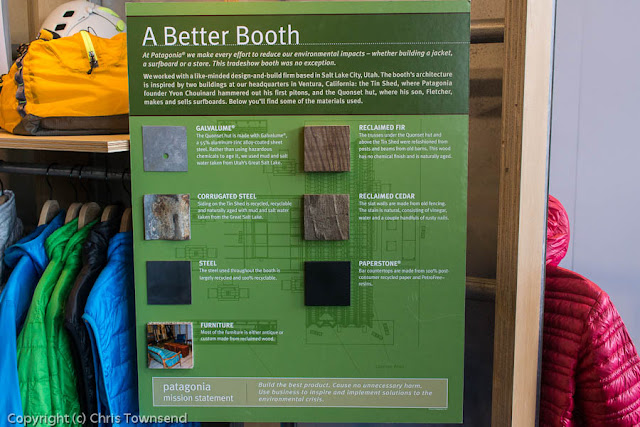 |
| Rainbow forming over the Allt Duine moors |
The forecast was for heavy showers and sunny periods with a
north-west wind; a combination that can mean dramatic light and bright stormy
skies. The evening I climbed up the Burma Road,
an old track, from Strathspey wasn’t promising with an overcast sky and
increasingly heavy rain. The cloud was down on Geal Charn Mor (big white hill),
the easternmost of the two Corbetts, and a chill wind swept the summit. I
didn’t linger but plunged down the rough, boggy moorland to the Allt Duine,
where I made camp at the head of the stream in the dusk as rain fell steadily.
I would look round in the morning. Unusually there were no midges
 |
| Camp above the Allt Duine |
Dawn revealed an attractive moorland stream running through
steep banks of heather and blaeberry with occasional little rock outcrops. My
camp was on a knoll above the stream and I had a view downstream to distant,
flat-topped hills and a spreading bright sky streaked with racing white clouds.
I followed the Allt Duine down to its confluence with another little burn, the
Feithlinn, then wandered up beside this stream to a bulldozed track that led
over a moorland spur to the River Dulnain. As I picked a way through the wet
meadows beside the Feithlinn I caught a glimpse of a large bird taking off from
a bank above the stream. Turning I watched as a golden eagle flapped slowly up
the glen, its huge wings beating effortlessly as it stayed low over the water.
There were many other birds in these little stream valleys – curlews,
wheatears, common sandpipers, carrion crows – but it was the eagle that stood
out as a symbol of the wild, as evidence that this was a special place.
 |
| The Allt Duine |
Crossing the spur between the streams I passed close to a
tall anemometer, one of many dotting the Allt Duine hills in preparation for
the industrialisation that may come. Tethered by long silver wires the thin
metal spire was an alien intrusion in this natural world. Down at the Dulnain I
was back with just the wet meadows, moorland slopes and rushing river for
company. Eventually I left the river to climb the long northern slopes of the
western Corbett, Carn an Fhreiceadain (watcher’s cairn). Nearing the summit I
was disappointed to find a new bulldozed road with a large cleared area next to
it. This was a cambered road with drainage ditches either side. I could have driven
my car up it. It went almost to the summit cairn. From the top I could look
back over the whole Allt Duine area to Geal Charn Mor and west to the higher
Monadh Liath hills. Across Strathspey the hills were hidden in dark clouds.
From the north similar clouds were sweeping towards me. The first rain began to
fall before I left the summit. I’d already had my waterproof jacket on and off
four times as showers came and went. Now it went on for the fifth and final
time. I’d wear it until I made camp.
 |
| The Allt Duine Hills |
From Carn an Fhreiceadain I followed the twisting watershed
over a series of minor moorland tops – Beinn Bhreac, Meall a’Chocaire,
A’Bhuidheanaich. Once the Fhreiceadain road was left there were no paths other
than sheep and deer trods. On the summits the going was easy over stony ground
and sparse vegetation. In the cols and on the flanks it was much harder with
many steep-sided peat bogs to negotiate, some filled with black pools and dark
trickling streams. Mountain hares, a favourite prey of golden eagles, darted
everywhere while grouse called and often I heard the thin plaintive whistle of
golden plover. A series of squalls passed by, leaving bits of rainbows in their
wake.
 |
| Squalls over the Cairngorms |
I made my second camp just below a col with a wide view over
the Allt Duine area. Rain kept me in the tent however and it was dawn before I
could really admire the wild scene. First light gave a dappled sky with a hint
of pink and touches of blue but the clouds soon thickened and it was overcast
when I set off back to Geal Charn Mor with mist creeping up the hillsides from
Strathspey. The summit was clear though and I looked back over the Allt Duine
hills to Carn an Fhreiceadain and down to the hidden River Dulnain. I felt I
knew a little about this place now. Then I turned away and soon the Allt Duine area
was lost to view and I was descending the Burma Road
looking over the green Strathspey woods to squalls of rain sweeping across the
Cairngorms. Then I was in the trees and at the car and soon afterwards sitting
in an Aviemore café staring out at torrential rain hammering down.

































